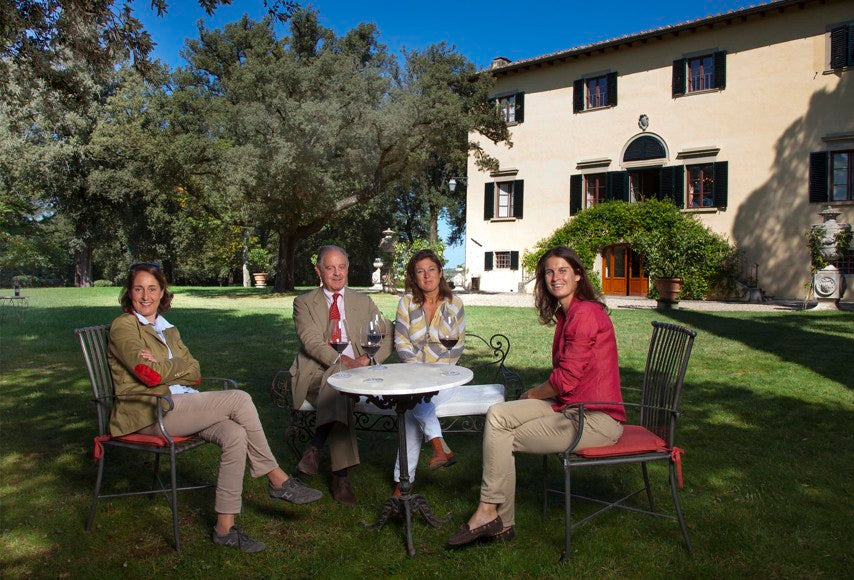根據香港法律, 不得在業務過程中, 向未成年人售賣或供應令人醺醉的酒類。
Under the law of Hong Kong, intoxicating liquor must not be sold or supplied to a minor in the course of business.
在酒杯中的紅葡萄酒呈現濃郁的紅寶石般色彩, 散發出如成熟的紅色漿果果實、櫻桃和李子的複雑香氣, 跟橡木桶中陳釀的呍呢拿和甜椒的辛辣感相得益彰。
2014年的酒, 口感天鵝絨般柔和, 酒體結實, 具有悠長美味的餘韻。
An intense ruby red in color, the wine shows a complex nose of ripe red berry fruit along with cherries and plums, all well integrated with the spicy sensation of vanilla and pepper created by the aging in oak barrels.
The 2014 Villa Antinori Rosso, supple on the palate with soft and velvety tannins, is firm bodied and endowed with a long and tasty finish and aftertaste.
運送 Shipping
只送往香港本地
Hong Kong local delivery only
原産地 Country of Origin
意大利 托斯卡尼 Toscana Italy
酒廠 Winery
Villa Antinori
規格 Specification
容量
Volume
375 毫升ml
顔色
Color
深紅
Dark red
酒精濃度
ABV
13%
類別
Type
紅酒 Red Wine
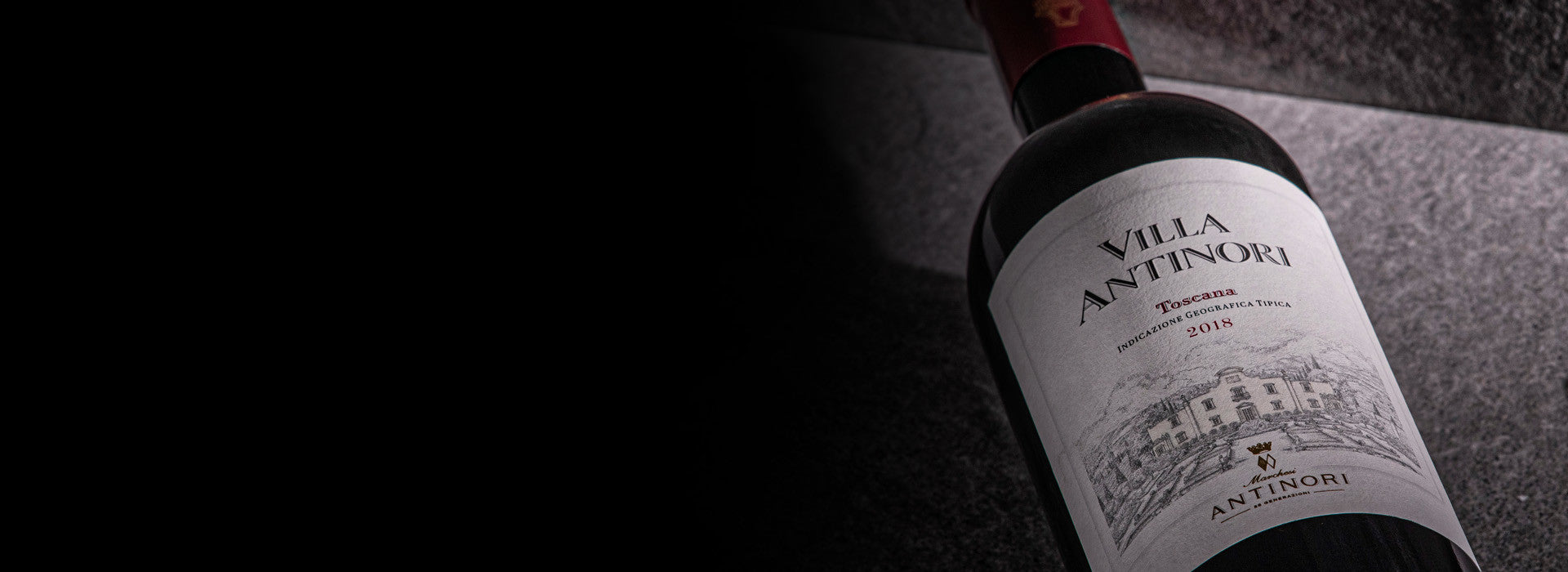
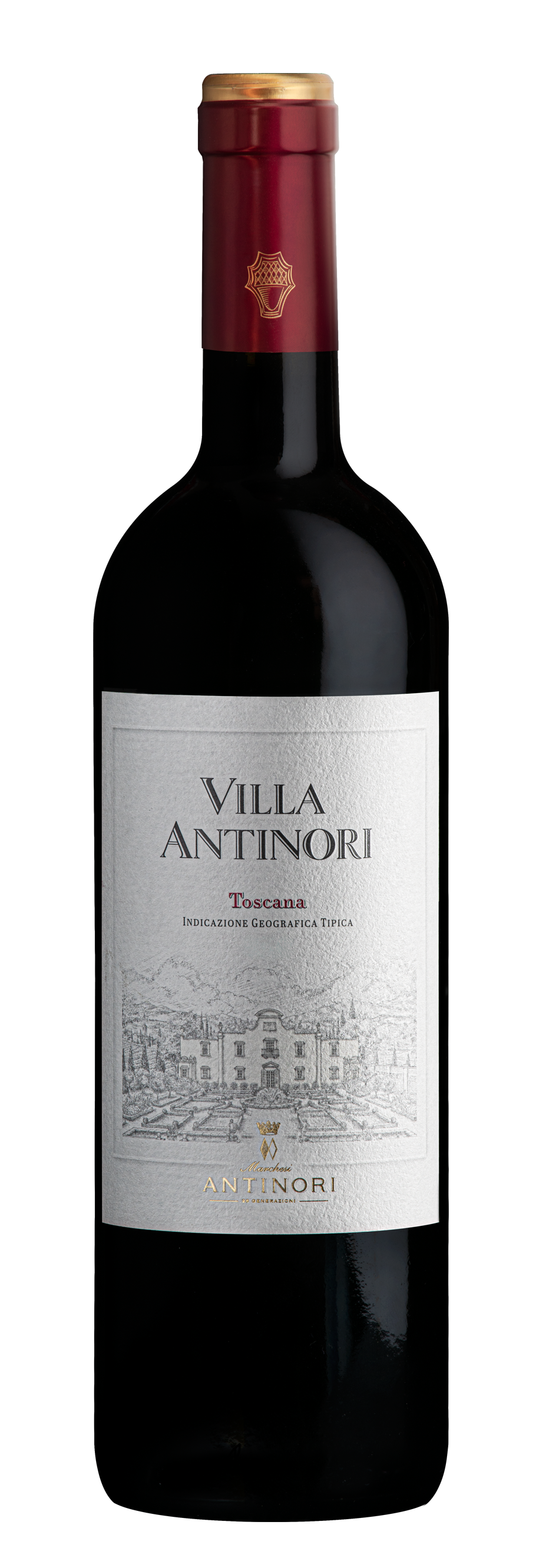
安東尼庄園紅酒
VILLA ANTINORI ROSSO
托斯卡尼地區餐酒認證
Toscana IGT
早在1928年,Niccolò Antinori決定為這款酒命名為金, 以紀念該家族的同名別墅。這反映了他對基安蒂經典和托斯卡尼独特身份的解釋。
Villa Antinori最先由Piero Antinori的父親Marchese Niccolò Antinori於1928年首次釀製, 是Antinori家族的標誌性葡萄酒。是一款独一無二的葡萄酒, 可以代表家族的歴史, 身份和延續性。
“Villa Antinori紅酒是純托斯卡尼血統。 以純種Sangiovese葡萄為基礎與少量國際葡萄品種混合在一起。 這些葡萄都是在托斯卡尼酒區成長, 成熟及收成, 然後在Antinori家族酒莊中發酵和陳化。 ”
Piero Antinori
酒標設計代表了我們的住所, 領土和托斯卡尼。
“法國有châteaux,但我們有Villas!”
Niccolò Antinori高興地解釋了他對正面標籤插圖的選擇, 該創新設計打破了當時的傳統包裝慣例。
Back in 1928, Niccolò Antinori decided to christen this wine Villa Antinori, in honor of the family’s eponymous villa; it was a reflection of his own personal interpretation of Chianti Classico’s and Tuscany’s unique identity.
Villa Antinori was first crafted in 1928 by Marchese Niccolò Antinori, Piero Antinori’s father, as the Antinori family’s signature wine; an exceptional wine that can represent the family’s history, identity and continuity like no other.
“Villa Antinori is a full-blooded Tuscan red. It’s true, its pure Sangiovese base is blended with a small percentage of international grape varieties. But these grapes are grown, mature and are harvested from our Tuscan estates and then fermented and aged in the Antinori family estates.” Cit. Piero Antinori
The label’s design represents our concept of home, our territory and Tuscany.
“The French have châteaux, but we have Villas!”
Niccolò Antinori cheerfully explained his choice for the illustration on the front label, an innovative design that broke with more traditional packaging conventions of that time.
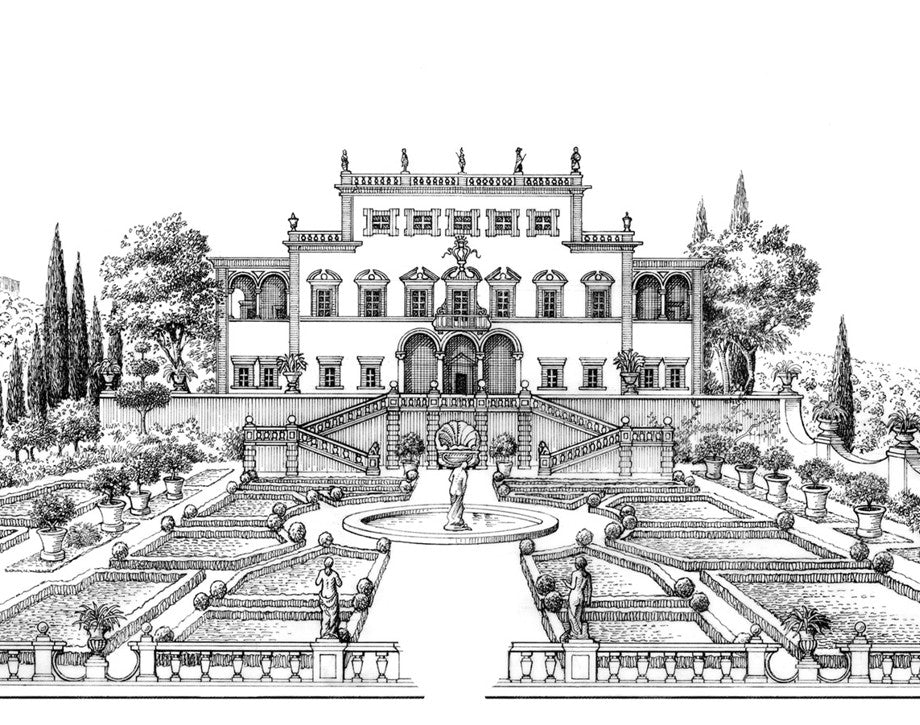
安東尼庄園
VILLA ANTINORI
Villa Antinori 源自於一個想法, 一方面是研究與開發, 另一方面是歴史遺產。 Villa Antinori 是重要的基石, 因為它的名字與100多年的歴史息息相関。 同時, 它代表著持續的進步。 一個基本原則是不断研究以提高質量標準。 這個想法衍生出了兩種對品質有著共同熱情的葡萄酒:Villa Antinori Rosso 和 Villa Antinori Bianco。
Villa Antinori最初由Marchese Niccolò Antinori於1928年生産, 是基安蒂經典酒, 可陳年。 不久後, Villa Antinori出現在使館,皇室,重要酒店和餐館酒窖中。 1931年, Villa Antinori Bianco 由傳統的特雷比亞諾葡萄(Trebbiano)製成。 在1980年代, 為了使葡萄酒具有更好的結構, 添加了少量的霞多麗。
Villa Antinori was first of all an idea, a plan that envisioned the winemaking process: research and development on one side and historical heritage on the other. Villa Antinori is an important corner stone as its name is associated with over 100 years of history. At the same time it represents ongoing progress. The one essential principle is continuous research for increasingly higher quality standards. This idea produced two different wines that share a common passion for quality: Villa Antinori Rosso and Villa Antinori Bianco.
Villa Antinori was originally produced in 1928 by Marchese Niccolò Antinori as a Chianti Classico that could age and that would improve over time. Soon after, Villa Antinori was found in the most prestigious cellars in embassies, royal houses, important hotels and restaurants. In 1931, Villa Antinori Bianco was made from traditional Trebbiano grapes. In the 1980’s a small percentage of Chardonnay was added in order to give the wine better structure.
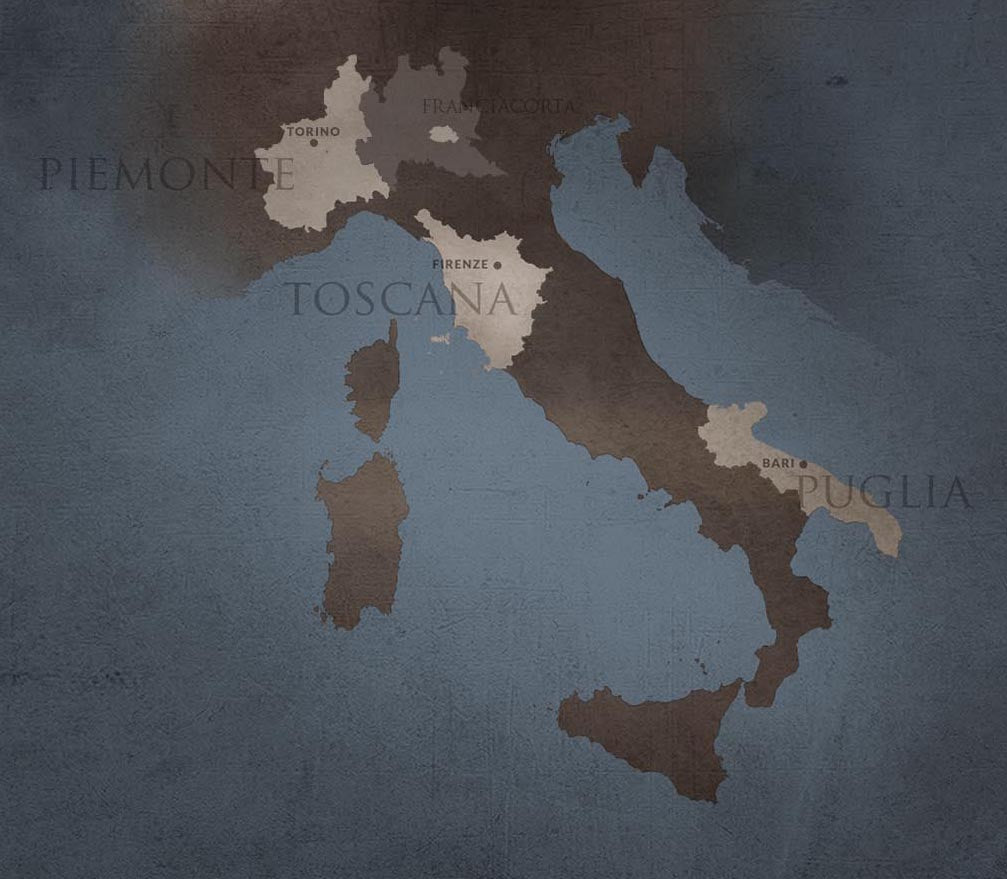
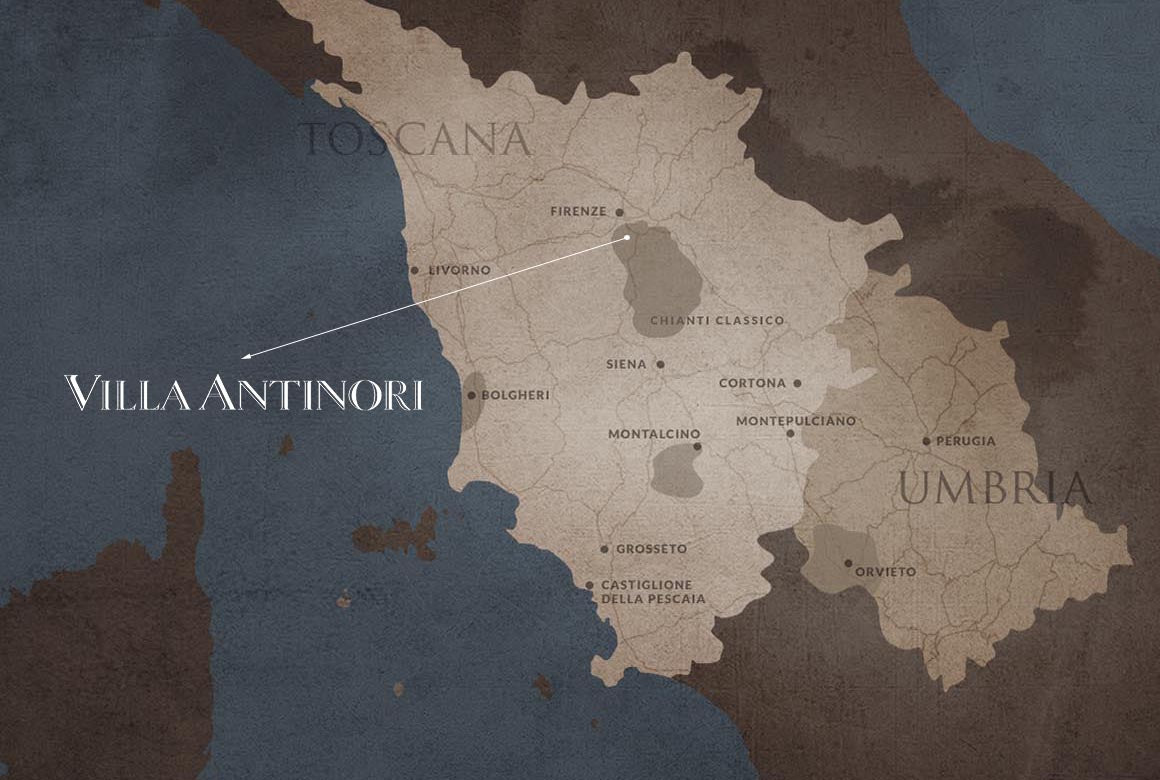

安東尼家族
The Antinori Family
自従1385年 Giovanni di Piero Antinori加入佛羅倫薩市被稱作“佛羅倫薩藝術”的“釀酒師公會”以来, 安東尼世家的釀酒歴史已經超過六個世紀了。 在以後漫長的日子裡, 他們歴經了26代人, 每一代人都親身參與釀酒事業, 充滿勇氣, 敢於創新, 同時秉承對傳統和自然的尊重投入到這一份偉大的事業中来。
今天, 安東尼侯爵及其三個女児主要負責運營公司, 她們分別是:阿爾貝拉, 阿莱拉, 和阿莱西亞傳統, 激情, 直覺, 是促使安東尼侯爵的公司变成意大利酒領頭羊的三個主要原則。
每一個年份, 每一個独立的區域, 每一個創意都被認真對待並付諸實踐, 成為一個新的開始, 一個探索更高質量的新標準就像安東尼侯爵常說的:“古老的傳統主導我們的工作, 但絕不會限制我們的創新精神“家族的祖産 - 托斯卡納和翁布里亞的地産, 也被用作釀造意大利乃至世界標準的優質酒的投資, 成為發揮家族顕著的釀酒能力的好地方。
Marchesi Antinori 堅持對於葡萄培植法的激情, 持續調研提升質量, 哪怕是十分微小的事情。 正因此, 許多實験同時在葡萄園和酒窖內進行, 例如尋找本地和國際葡萄品種的複製, 試験培植技術, 園地緯度, 發酵操作和溫度控制, 現代的和傳統的發酵方式相結合, 不同類型和尺寸的橡木在陳釀中的使用, 不同類型木桶的陳釀能力, 以及葡萄酒上市前的陳釀時間長短。
The Antinori family has been involved in the production of wine for over six centuries, ever since, in 1385, Giovanni di Piero Antinori entered as a member, the “Arte Fiorentina”, the Winemakers’ Guild of the city of Florence. During this entire long period, thorough twenty six generations, the family has always directly managed this work with courageous and, at times, innovative decisions, but always maintaining, unaltered, a fundamental respect for tradition and for the territory in which they have operated.
Today the firm is run by Albiera Antinori with the support of her sisters Allegra and Alessia, directly involved in the business. Marquis Piero is now the honorary president of the company. Tradition, passion, and intuition have been the three driving principles which have led the Marquis Antinori firm to become a leader in Italian wine.
Each and every vintage, each and every separate area, each and every idea which is to be put into practice is a new beginning, a new search for higher quality standards. As Marquis Piero Antinori likes to repreat: “ancient roots play an important role in our work. But have never been a limit to our innovative spirit”. The estates in Tuscany and Umbria, the historic patrimony of the family, have been joined, over time, by investments in other territories with an important potential for high level wine both in Italy and abroad, in places where it would be possible to begin working for a larger prestige and wider awareness of the family’s ability to produce outstanding wine.
The Marchesi Antinori firm expresses its passion for viticulture by a constant search for even the smallest areas for quality improvement. For this reason, continuous experiments go forward both in the vineyards and in the cellars, seeking new clones of local and international grape varieties, experimenting cultivation techniques, vineyard altitudes, fermentation practices an temperatures, modern and traditional fermentation methods, different types of oak for aging and different sizes and age for the casks and barrels themselves, and different aging times before their commercial release for the bottled wines as well.
